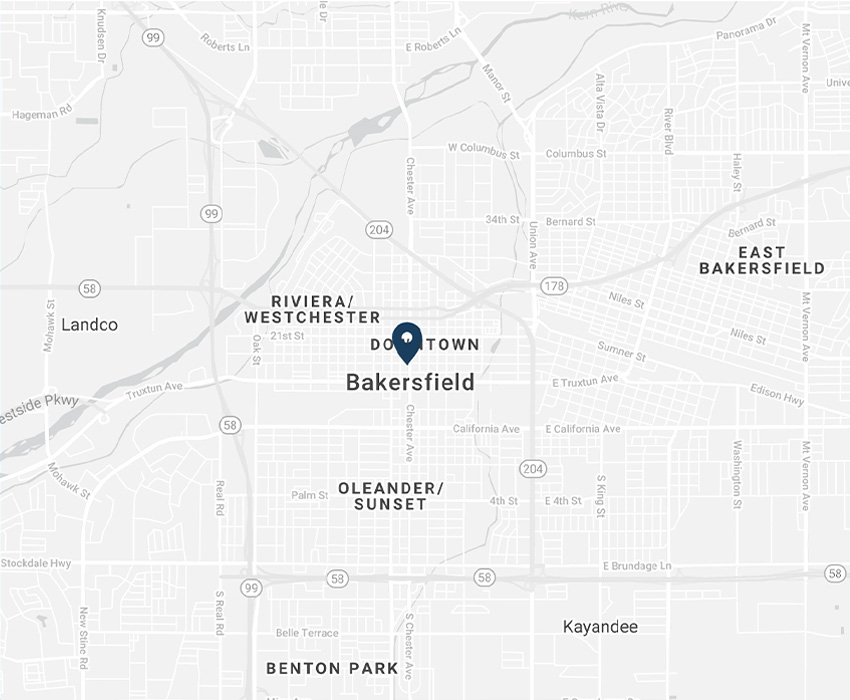Staying safe in the hot summer and how to prevent, ID, and treat heat exhaustion
July 11, 2018 | Article by Chain | Cohn | Clark staff | Tips & Information Social Share

Lots of regions throughout California are experiencing heat waves this summer, including in Kern County and record temperatures hitting Southern California in particular. In these cases, it’s important to be extra careful to avoid heat-related illnesses.
Heat-related illnesses occur when the ability to sweat fails and body temperature rises quickly, and can lead to delirium, organ damage and even death. The reason is scary: the brain and vital organs are effectively cooked as body temperatures rise to a dangerous level in a matter of minutes.
In fact, nearly 250 people died in the United States from exposure to excessive heat, according to Injury Facts 2017, a report produced by the National Safety Council. Thousands of others are affected.
There are several heat-related illnesses, including heatstroke, heat exhaustion and heat cramps. Those most at risk include infants and young children, elderly people, pets, people with long-term illnesses, athletes and people who work outdoors.
For this article, and since Chain | Cohn | Clark focuses on accident and injury law, including work injuries and workers’ compensation, we’ll focus on what you can do to prevent heat illnesses while working outdoors, how to identify symptoms, and what to do if you or someone you know suffers a heat-related illness.
PREVENTION
The best way to avoid a heat-related illness is to limit exposure outdoors during hot days. Let air conditioning be your friend. But, if you must work outdoors, here are some important tips:
- Drink more liquid than you think you need and avoid alcohol and caffeine.
- Wear loose, lightweight clothing, a long-sleeve shirt, and a hat.
- Replace salt lost from sweating by drinking fruit juice or sports drinks.
- Avoid spending time outdoors during the hottest part of the day, typically from 11 a.m. to 3 p.m.
- Take frequent breaks.
- Wear sunscreen (at least SPF 15) and re-apply every two hours; sunburn affects the body’s ability to cool itself.
- Use buddy system to watch for symptoms
California’s Division of Occupational Safety and Health – also known as Cal/OSHA – has led the charge on developing stringent regulations to protect employees working outdoors in the heat. Overall, these regulations require California employers with outdoor workers to provide more than adequate water, shade, rest breaks and training. This rule applies when temperatures exceed 80 degrees. Additional requirements go into effect when outdoor temperatures top 95 degrees. You can find all of the regulations under Title 8 Section 3395 – Heat Illness Prevention.
WARNING SINGS
Symptoms of heat-related illnesses are similar to those of the flu and can include severe thirst, fatigue, headache, nausea, vomiting and diarrhea. Other symptoms include profuse sweating, clammy or pale skin, dizziness, rapid pulse and normal or slightly elevated body temperature, according to the CHIPS study by UC Davis.
Specifically, take note of these 10 symptoms to ID heat illness:
- Extremely high body temperature.
- Hot, dry, skin. An inability to cool the body through perspiration may cause the skin to feel dry.
- Increased heart and respiration rates as blood pressure drops and the heart attempts to maintain adequate circulation.
- Throbbing headache, nausea or vomiting due to dehydration.
- Weakness, fainting, or dizziness – especially in standing up quickly – due to low blood pressure from dehydration.
- Muscle cramps.
- Dark-colored urine – a sign of dehydration
- Confused, hostile, or seemingly intoxicated behavior
- Pale or bluish skin color in advanced cases due to constricted blood vessels
- Seizures or unconsciousness
WHAT TO DO
Ridding the body of excess heat is crucial for survival. Here’s what you can do if you or someone you know is experiencing a heat-related illness, courtesy of the California Department of Industrial Relations.
- Move the person into a half-sitting position in the shade or air-conditioned area, or fan and spray with cool water. If humidity is below 75 percent, spray the victim with water and fan them vigorously; if humidity is above 75 percent, apply ice to neck, armpits or groin, or having them take a cool shower.
- Do not give aspirin or acetaminophen.
- Loosen or remove unnecessary clothing.
- Give them water or other cool, nonalcoholic beverages, or a sports drink.
- Stretch affected muscles.
- Call for emergency medical help immediately if symptoms are more severe.
———
If you or someone you know has suffered an injury while at work, contact the workers’ compensation attorneys at Chain | Cohn | Clark by calling (661) 323-4000, or visit the website chainlaw.com for more information.

